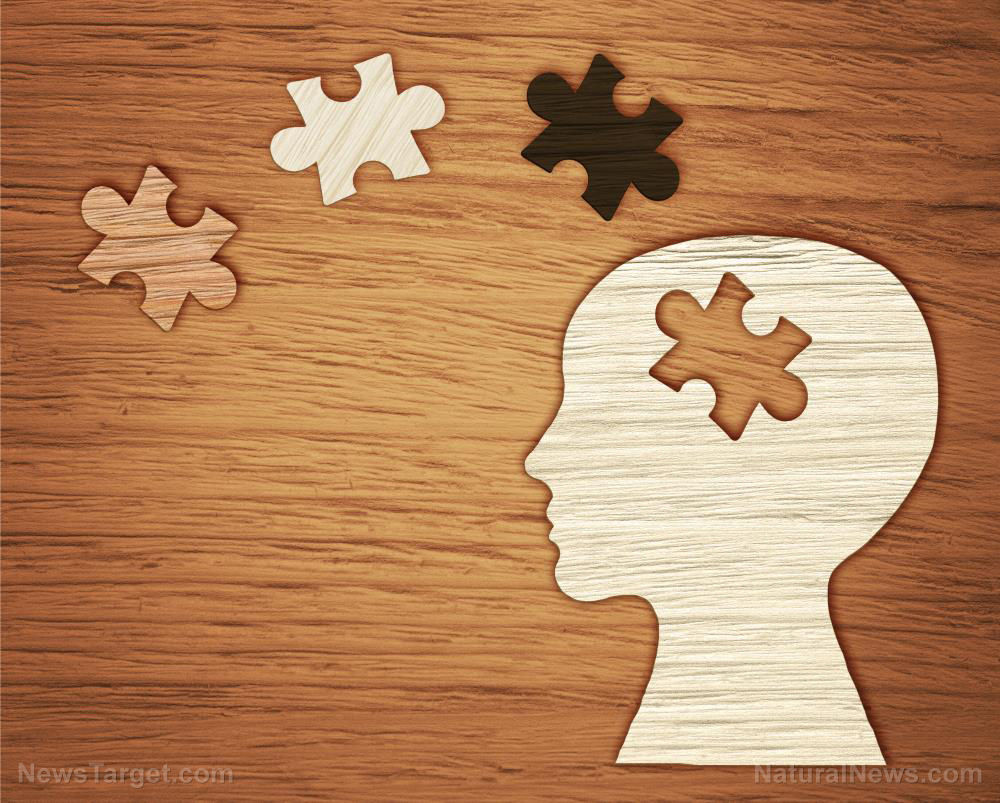Clinical massage and guided imagery are low-cost alternatives to treating anxiety and insomnia
01/12/2019 / By Zoey Sky

A massage can help improve your flexibility, relieve pain, or reduce pain caused by various factors. Now, according to a study, both clinical massage and guided imagery can also be used as low-cost alternatives to conventional medical treatment for individuals who suffer from anxiety, insomnia, or pain.
Can a clinical massage and guided imagery help relieve anxiety?
The study findings helped researchers from the Beaumont Health System in Royal Oak, Michigan, determine if patients’ self-reported pain and anxiety scores improved immediately following a clinical massage. Meanwhile, patients who listened to a guided imagery recording found that intervention improved pain, anxiety, and insomnia symptoms.
Guided imagery refers to a type of meditative practice which involves the use of visualizations, music, or words to evoke positive images in a person’s mind. Practitioners believe that guided imagery offers many benefits, such as calming you down or energizing you. The practice can also be used to help people release negative emotions and focus on more positive thoughts. During a session of guided imagery, an instructor or another guide, like an audio recording, will direct you to focus on a certain image. This process may help you enter a calm and focused state of mind.
The Michigan-based Beaumont Health System uses integrative medicine to supplement traditional care. The health system has 33 massage therapists onsite.
The team of researchers conducted the study at Beaumont progressive care unit. Keep in mind that while progressive care nurses in hospitals often manage patients who are more stable than those in critical care, they may also need increased nursing care or more rigorous monitoring compared to individuals receiving care in a medical-surgical unit. Over 10 years ago, the American Association of Critical-Care Nurses (AACN) introduced the term “progressive care” to refer to the care needs of acutely ill patients who are “moderately stable with a high risk of instability.”
For the study, the scientists worked with 288 patients. The participants were then separated into two groups:
- The first group was offered a 15-minute clinical massage daily for five days. A massage therapist then used Swedish massage techniques on the patient in their hospital bed. Depending on the patient’s comfort level, the therapist incorporated hand, neck, scalp, and foot massage.
- The second group of volunteers listened to a 30-minute audio recording that was designed to help reduce pain and anxiety. The guided imagery recording also helped promote restful sleep.
The study findings showed that the patients who indicated pain before a massage session had a reduction of mean pain scores of 4.5 to a mean of 2.3 following the massage. Over 80 percent of the patients reported a decrease in pain of about one point after the intervention.
Meanwhile, patients who indicated some level of anxiety decreased from a mean of 4.0 prior to a clinical massage to a mean of 1.9 following the session. Over 80 percent of the patients reported a decrease in anxiety of about one point after a massage.
At least 80 percent of the 45 patients who used the guided-imagery sessions said that the intervention helped address their condition some way. (Related: How effective is integrative medicine at treating anxiety? It works, say scientists.)
The researchers reported that overall, the two groups indicated an improvement in symptoms. The team of scientists believes that the use of guided imagery is “a more affordable intervention with the potential to reach many patients.” These treatments can help patients with anxiety, insomnia, or pain relieve their symptoms, especially if they are financially or physically unable to use other remedies for their condition.
The study was published in the journal Critical Care Nurses.
Browse more articles about massage therapy and other effective natural remedies for anxiety at AlternativeMedicine.news.
Sources include:
Tagged Under: alternative medicine, Anxiety, anxiety relief, clinical massage, disease prevention, disease treatments, Guided Imagery, healing, insomnia, massage, massage therapy, mental health, natural health, pain, remedies, therapies
RECENT NEWS & ARTICLES
COPYRIGHT © 2017 BRAIN NEWS


















